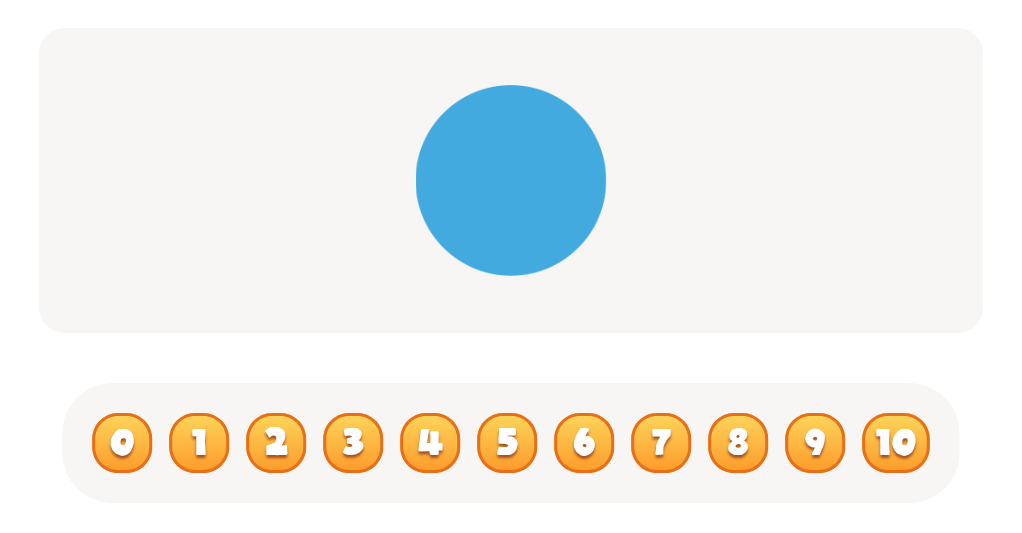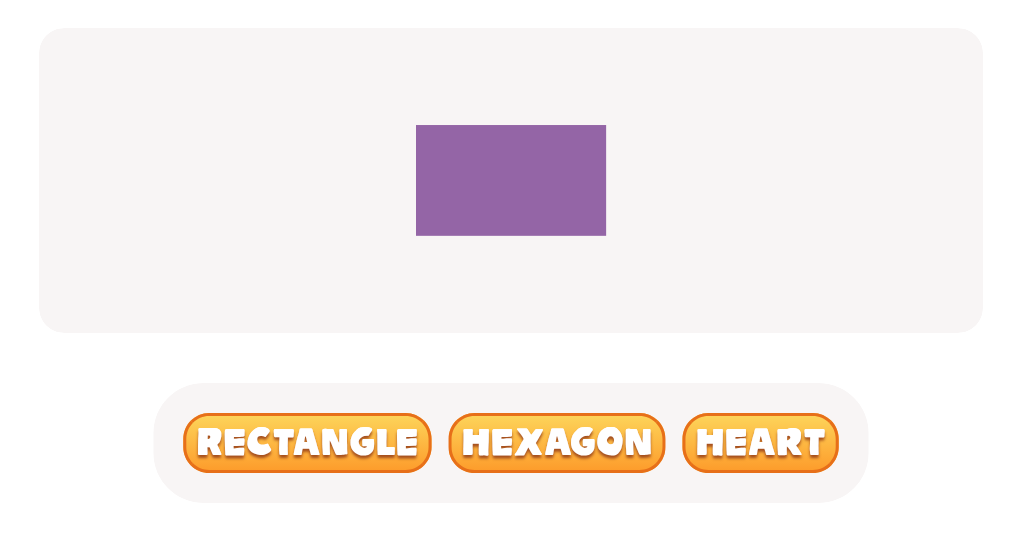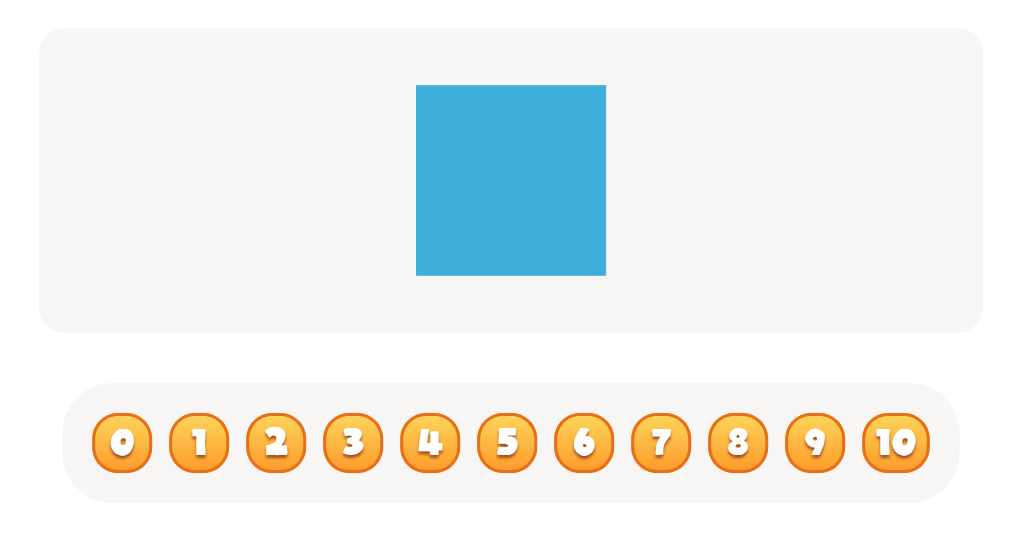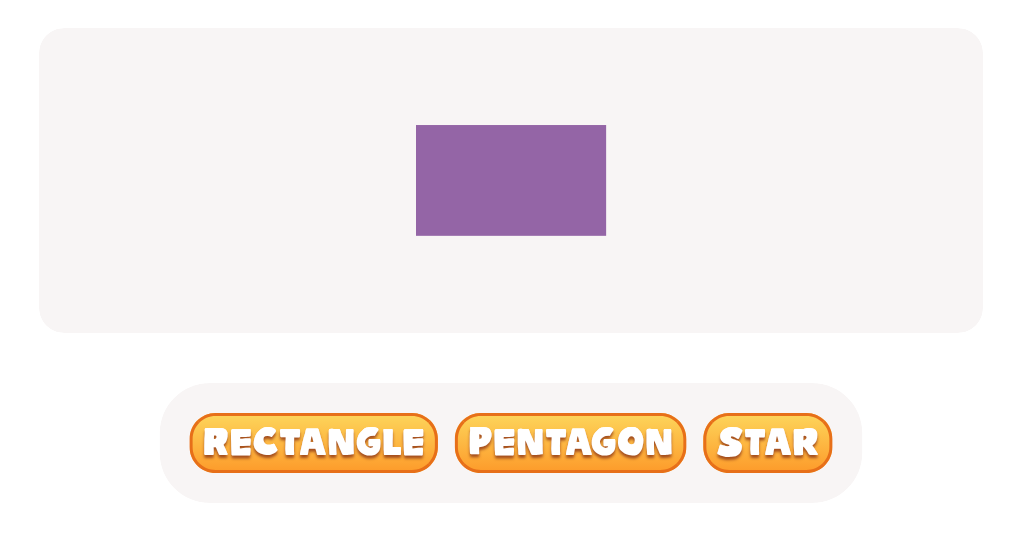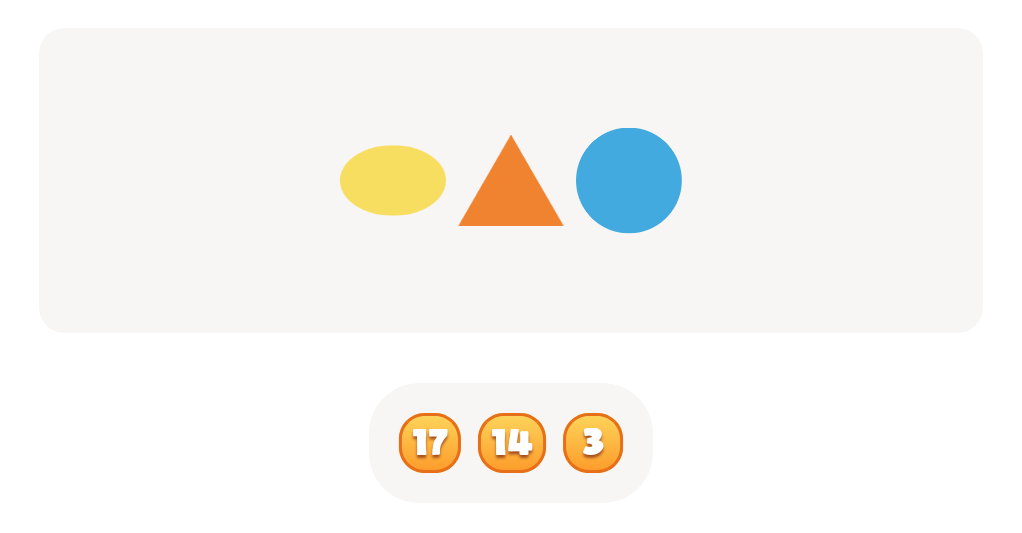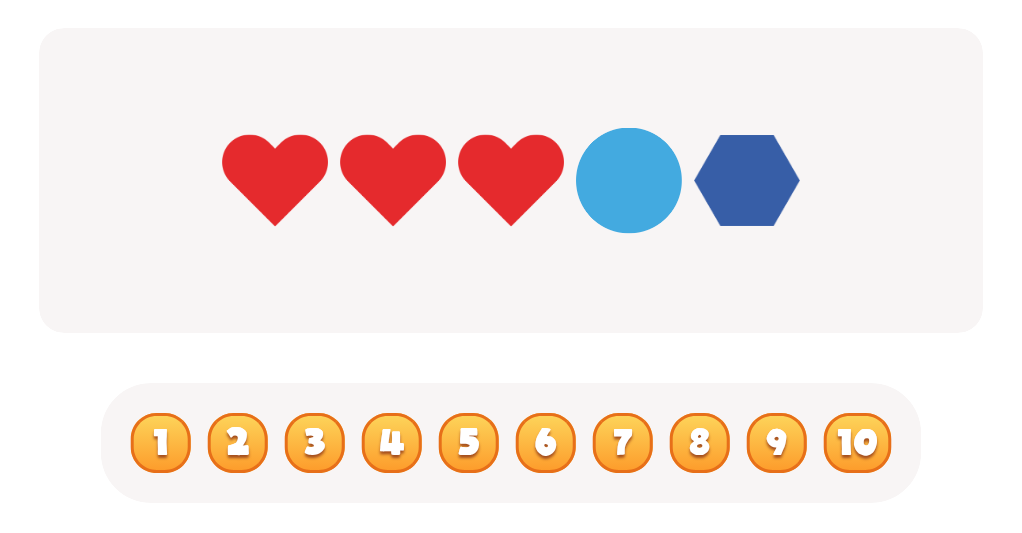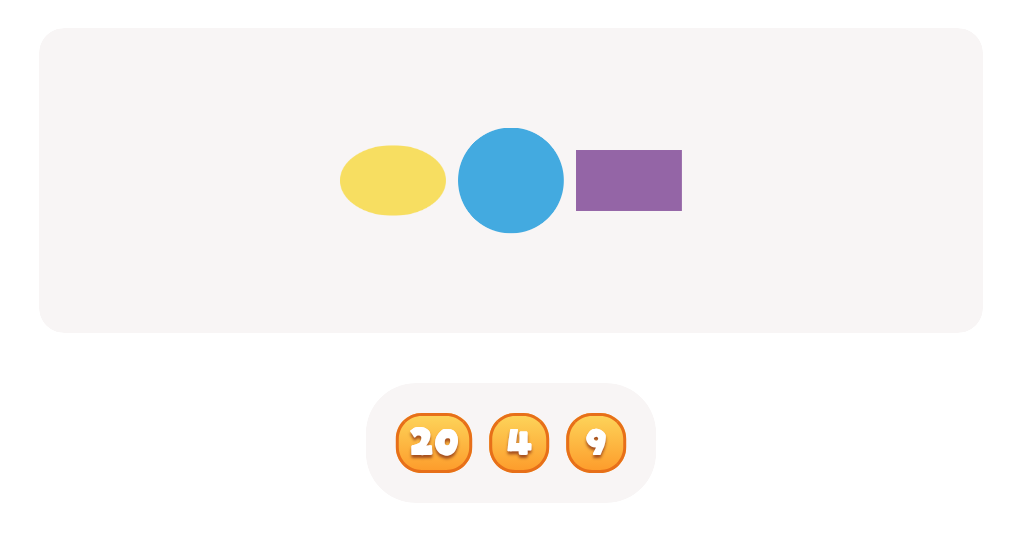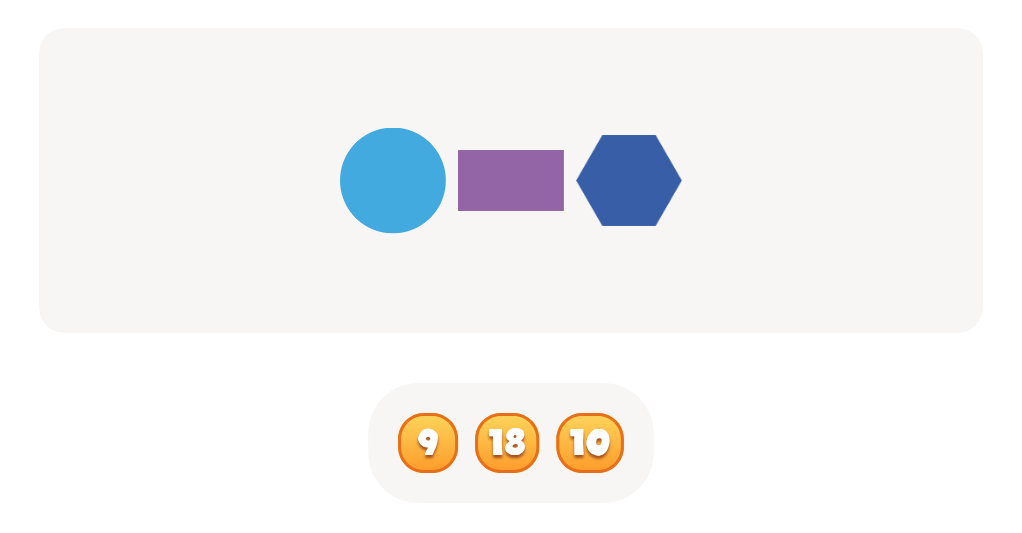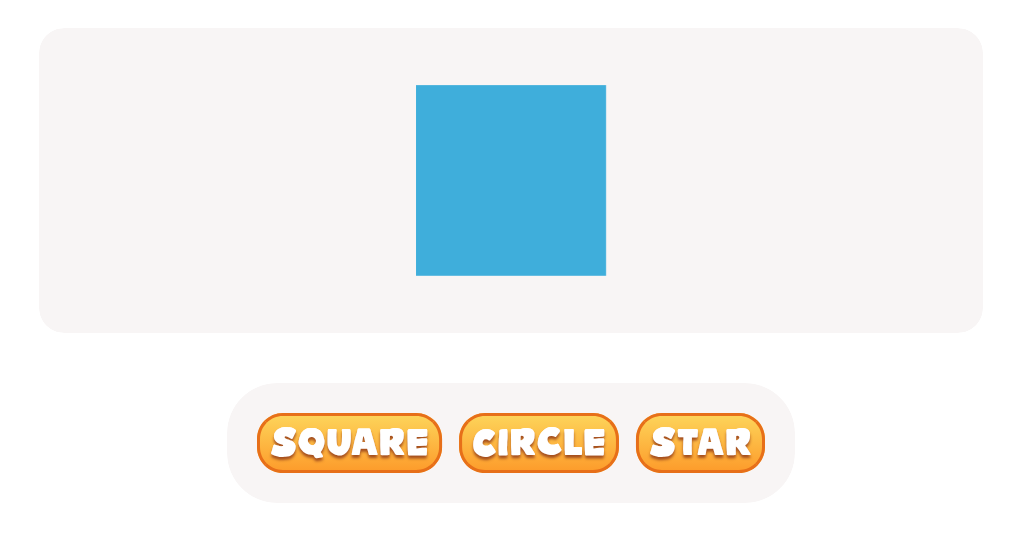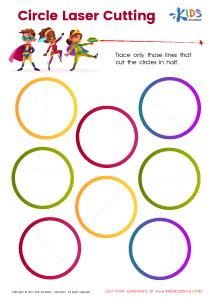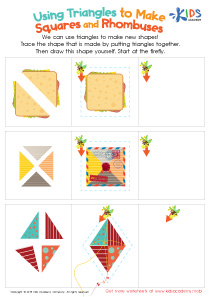Critical Thinking Normal 2D Shapes Worksheets for Ages 6-9
3 filtered results
-
From - To
Enhance your child's cognitive skills with our engaging Critical Thinking Normal 2D Shapes Worksheets designed for ages 6-9. These worksheets encourage young learners to analyze, evaluate, and apply their knowledge of 2D shapes in fun and interactive ways. By solving puzzles and participating in activities, children will improve their problem-solving abilities while developing a strong foundation in geometry. With captivating visuals and age-appropriate challenges, these worksheets make learning enjoyable and effective. Perfect for home or classroom use, they’re an essential tool for nurturing critical thinking and shaping well-rounded mathematicians. Explore our collection today and watch your child's skills flourish!
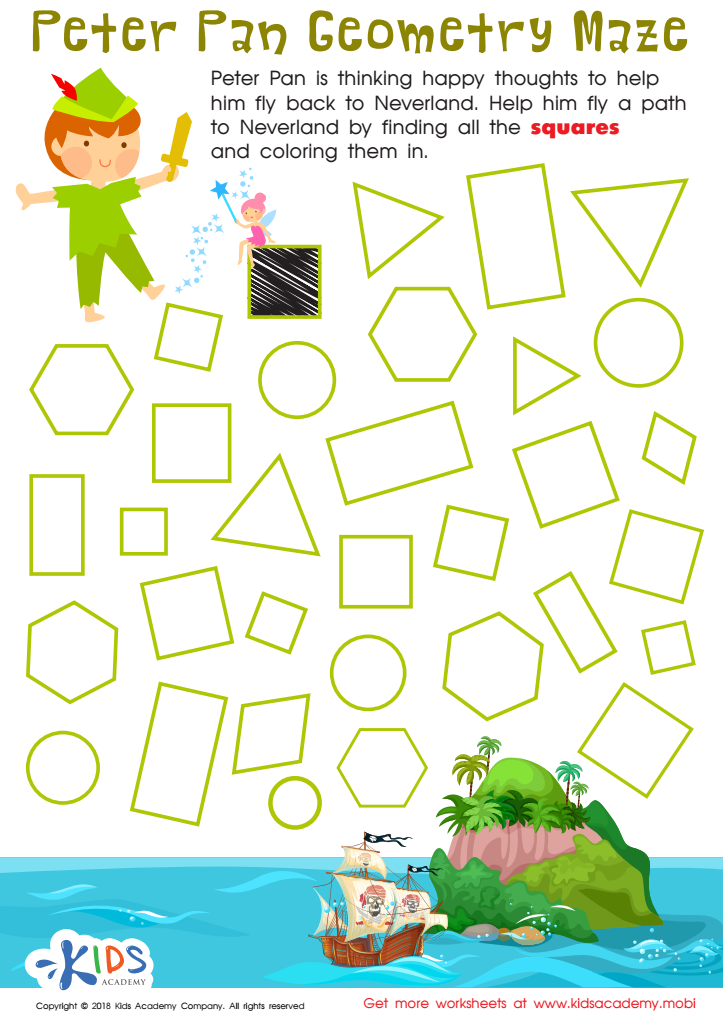

Peter Pan Worksheet
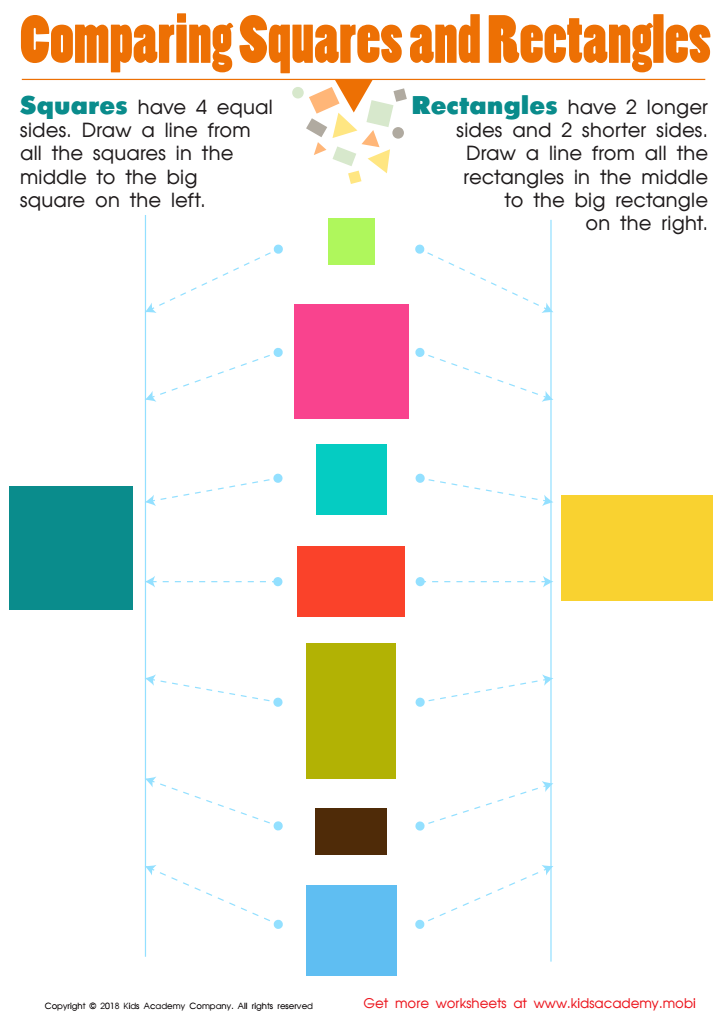

Comparing Squares Rectangles Worksheet


Using Squares to Make Rectangles Worksheet
Critical thinking skills are essential for children, particularly when exploring concepts like normal 2D shapes. Teaching critical thinking within this context fosters analytical abilities, enabling children to recognize patterns, make comparisons, and solve problems related to geometric shapes. In ages 6-9, kids are enthusiastic learners, and engaging them with interactive shape activities enhances their cognitive development and comprehension of spatial relationships.
By understanding 2D shapes, children not only improve their math skills, but also build foundational knowledge for later geometry, art, and even logical reasoning. Parents and teachers should care because critical thinking about shapes encourages creativity; it allows children to visualize and manipulate shapes, nurturing their cognitive flexibility—a key skill for problem-solving in academia and everyday life.
Additionally, the ability to reason about shapes and their properties aids in developing foundational skills for reading and writing, particularly in interpreting diagrams and following directions. Overall, integrating critical thinking into discussions about normal 2D shapes enriches students’ learning experiences, equips them with essential life skills, and prepares them for advanced subjects. Thus, an emphasis on this area significantly contributes to well-rounded educational growth.
 Assign to My Students
Assign to My Students
